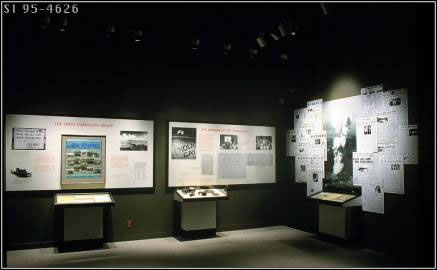| Summary The
Bataan Death March took place in the Philippines in 1942, in the middle of World
War II's Pacific war theater. After engaging the Japanese for four months with
limited provisions, dwindling ammunition, and no possibility of victory, the American
and Filipino forces were forced to surrender. The Japanese army, led by General
Homma, began to round up prisoners and marched them approximately 60 miles to
their final destination at a prison camp. Close to 10,000 people died during the
Bataan Death March, 90 percent of which were Filipinos. The purpose of this virtual
tour is to explore how these facts and details are remembered, forgotten, and
mobilized in textbooks, memorials, and film is a function of different nationalisms
and their politics. The Bataan Death March is important because from a specific
local space we see a convergence of three national narratives. This convergence
of nationalist narratives makes Bataan a rich site from which to interrogate how
different nations interpret events. American World War II historiography generally
situates America as a nation of benevolence and humanitarianism, a nation that
fought the "Good War" against fascism. However, Bataan in American war
memory discourses is marked by contradiction. On the one hand, Bataan is a site
of heroism and resilience. On the other hand, Bataan is also a site of abandonment
and betrayal. Japan remembers its World War II experience through notions of victimhood
as the only country ever to suffer a nuclear attack. As a result, in Japanese
textbooks, details relating to atrocities which its military inflicted on the
peoples of East and Southeast Asia are conspicuously absent. The Filipino recollection
of World War II is multi-faceted. While the Philippine connection to the United
States is marked by ambivalence, Filipino recollection vis-à-vis the Japanese
is associated with brutality and exploitation. Filipino interest in the Bataan
Death March can be seen as a re-enforcement of a history that both links them
with the US and reminds of the mistrust of Japanese expansion. Furthermore, Filipino
articulation of the Bataan Death March in history textbooks is a reminder to the
US and Japan that World War II spawned many (as opposed to only two) histories
in the Asia Pacific region. |













